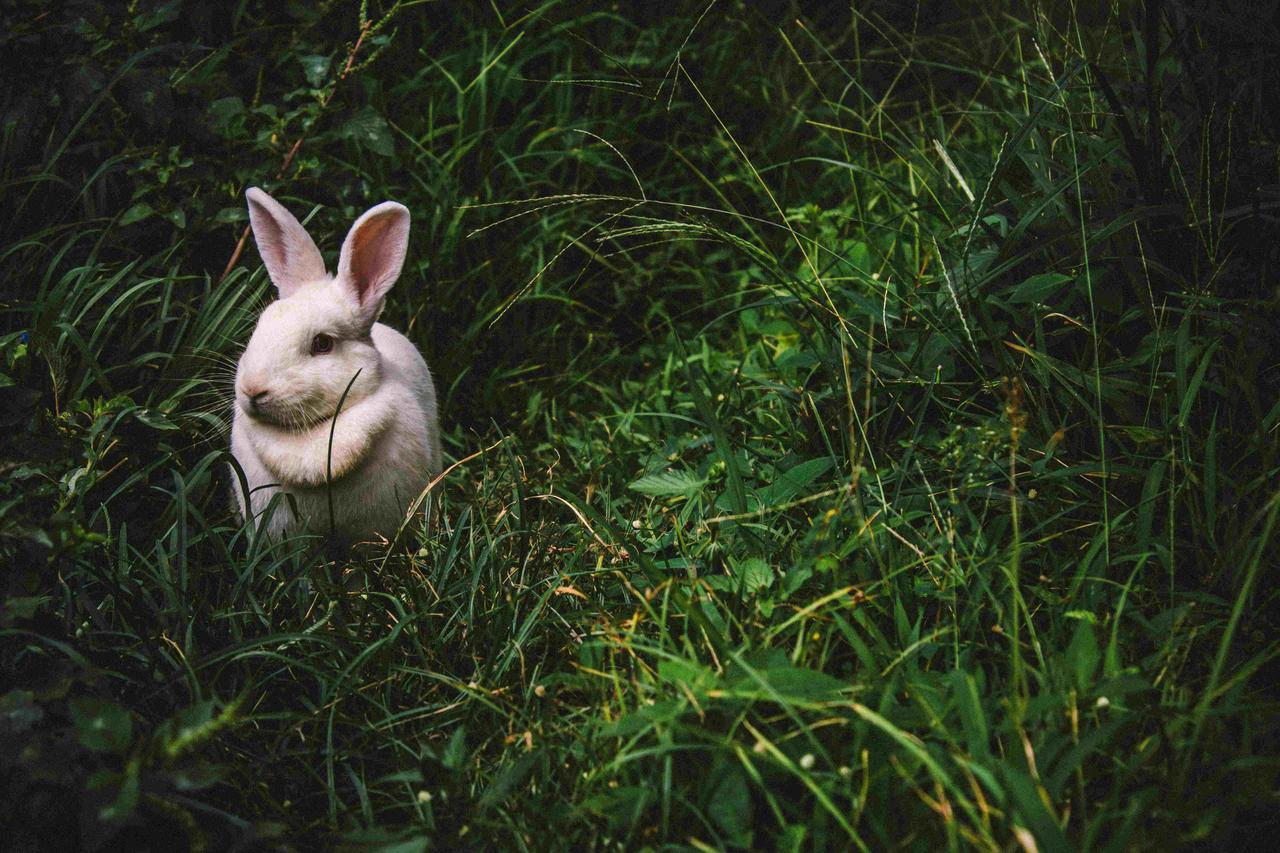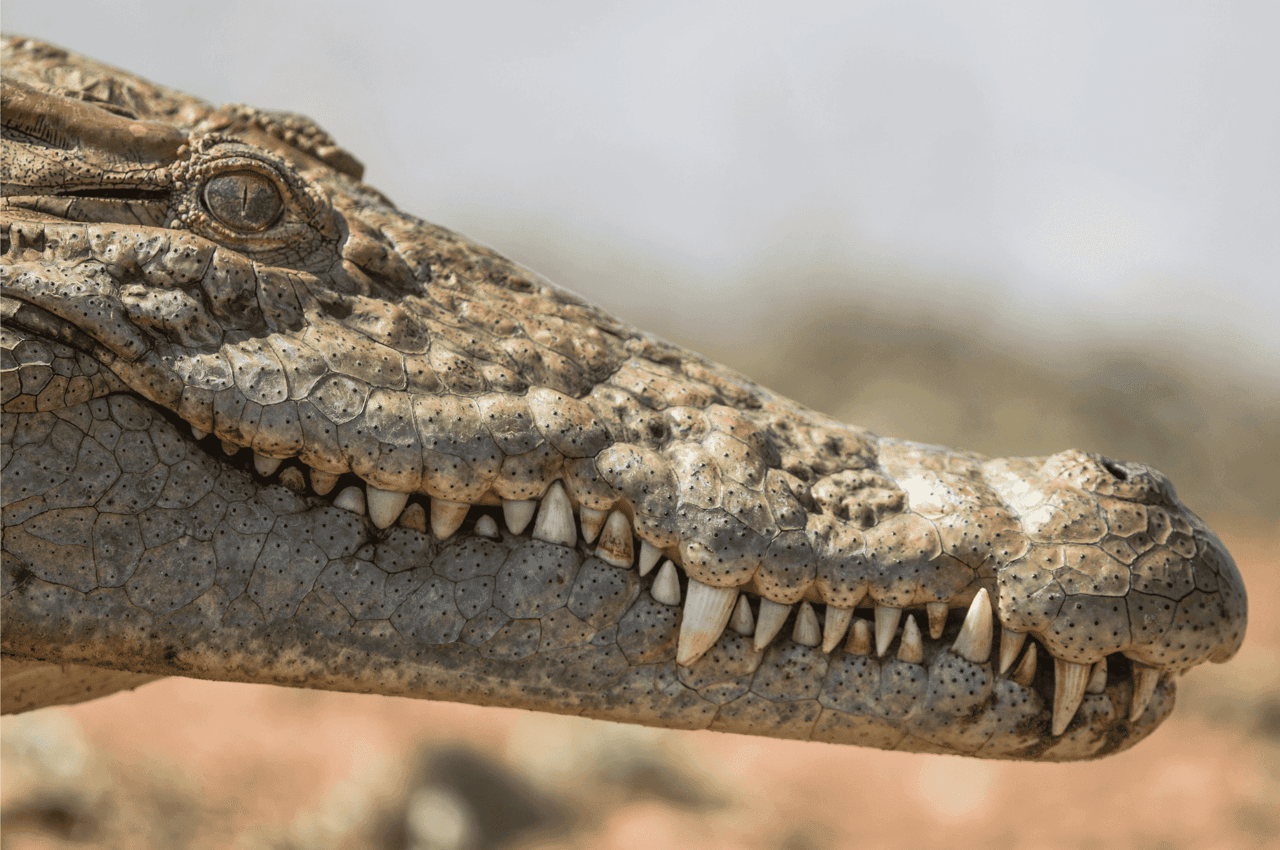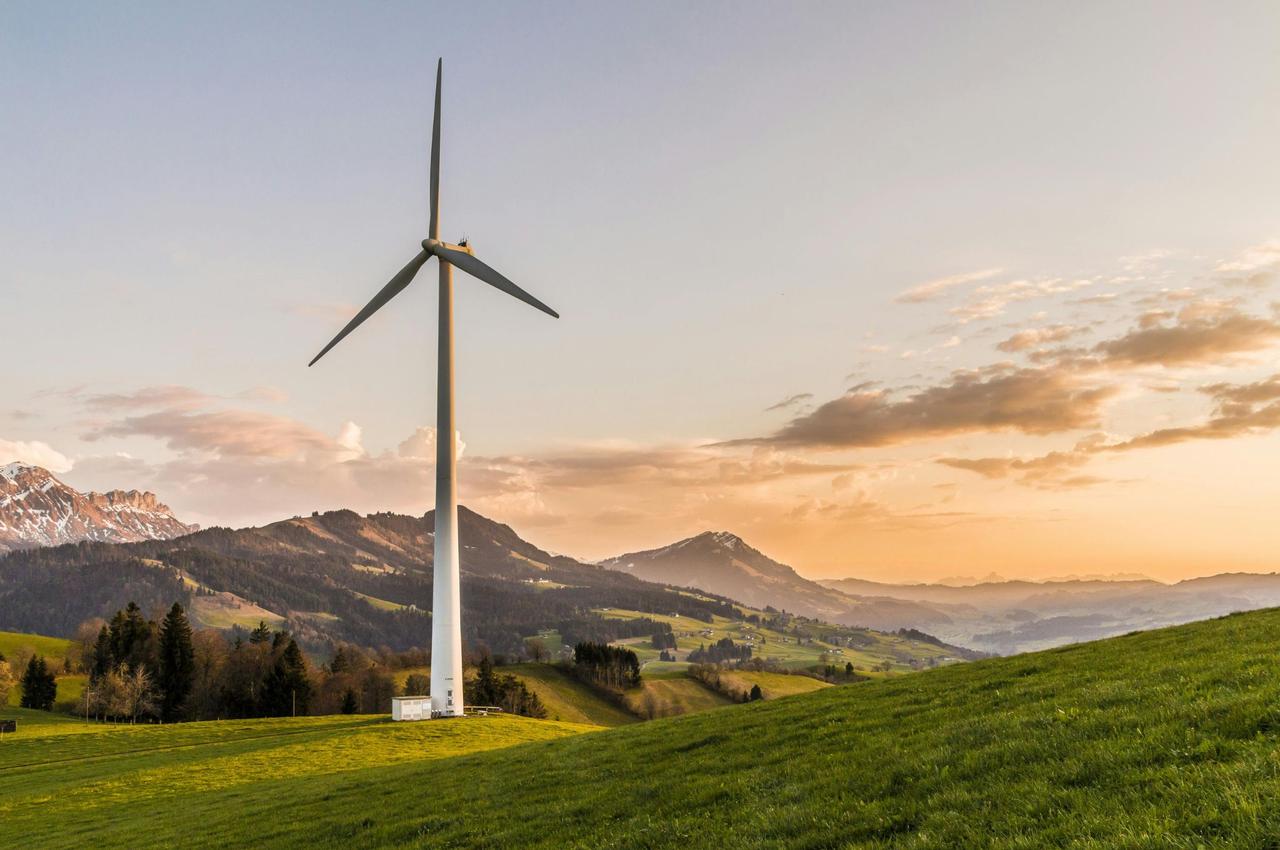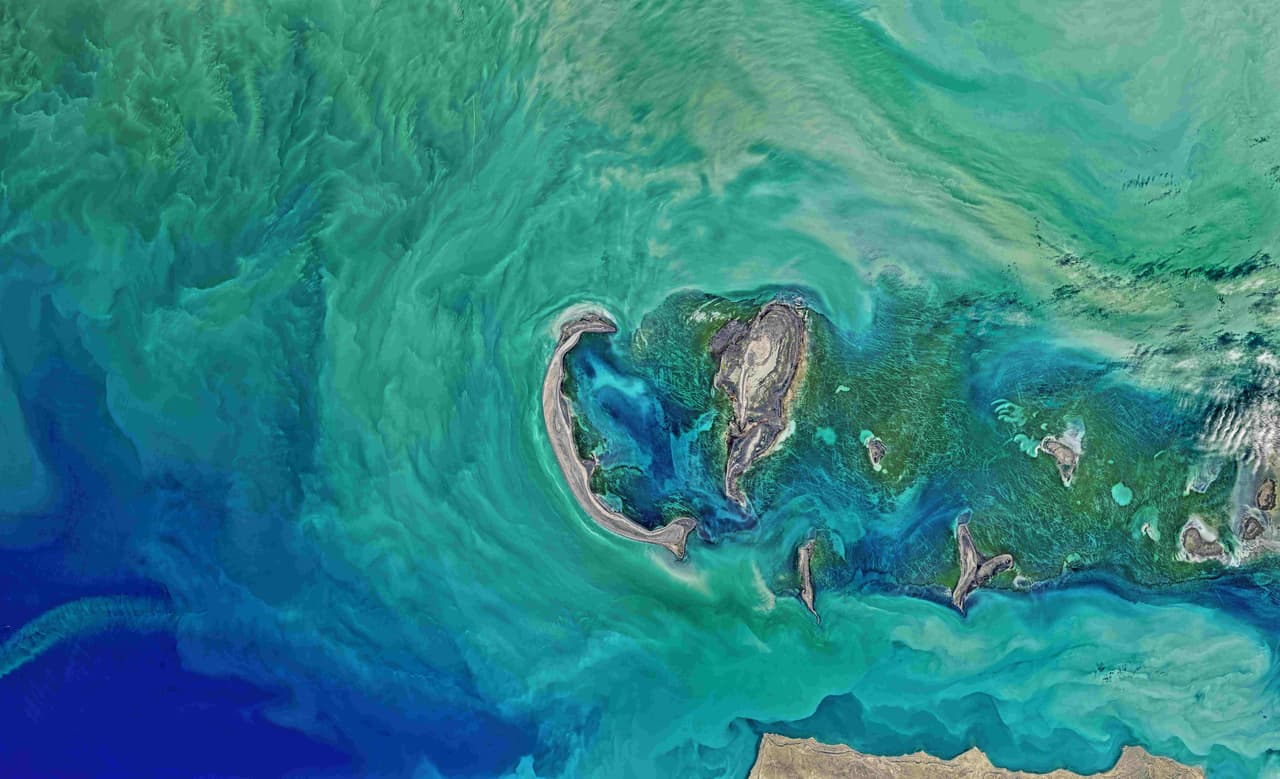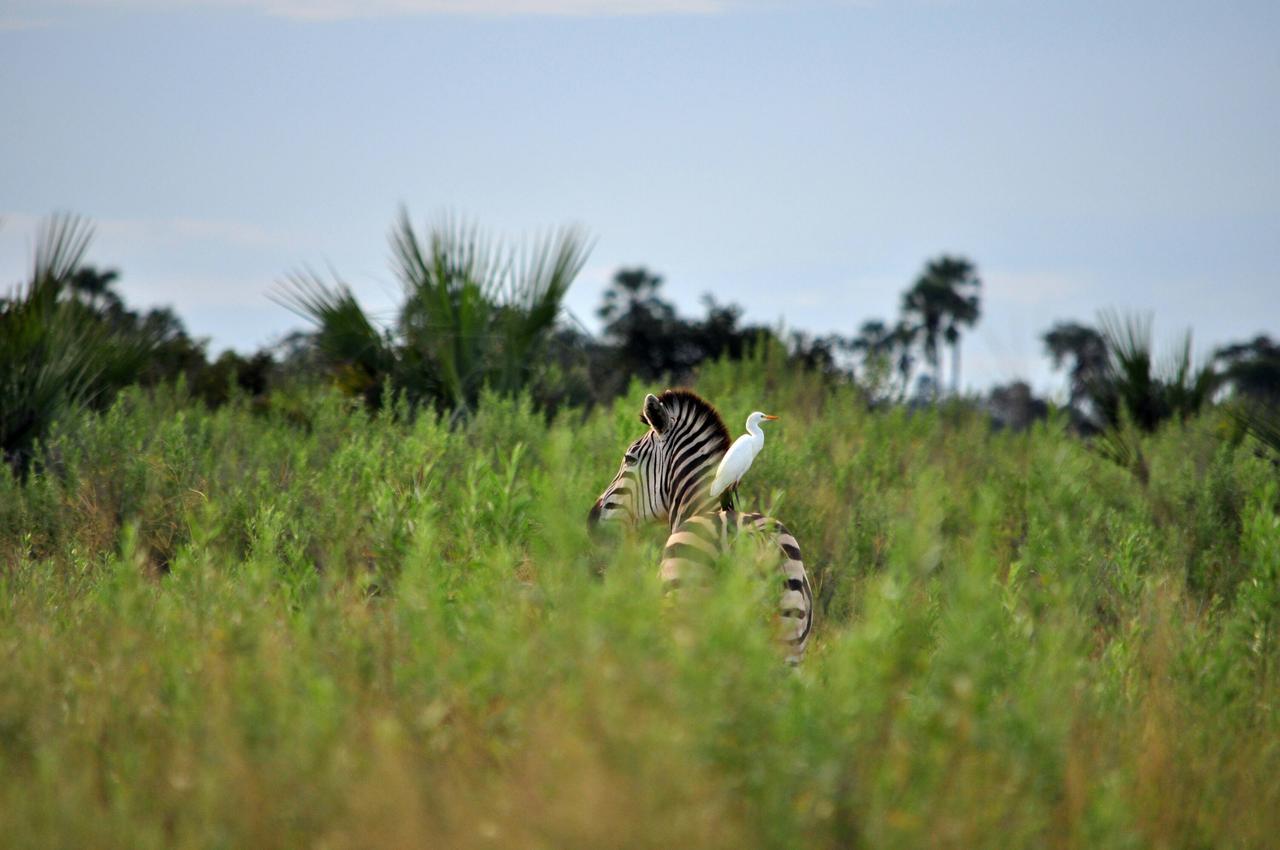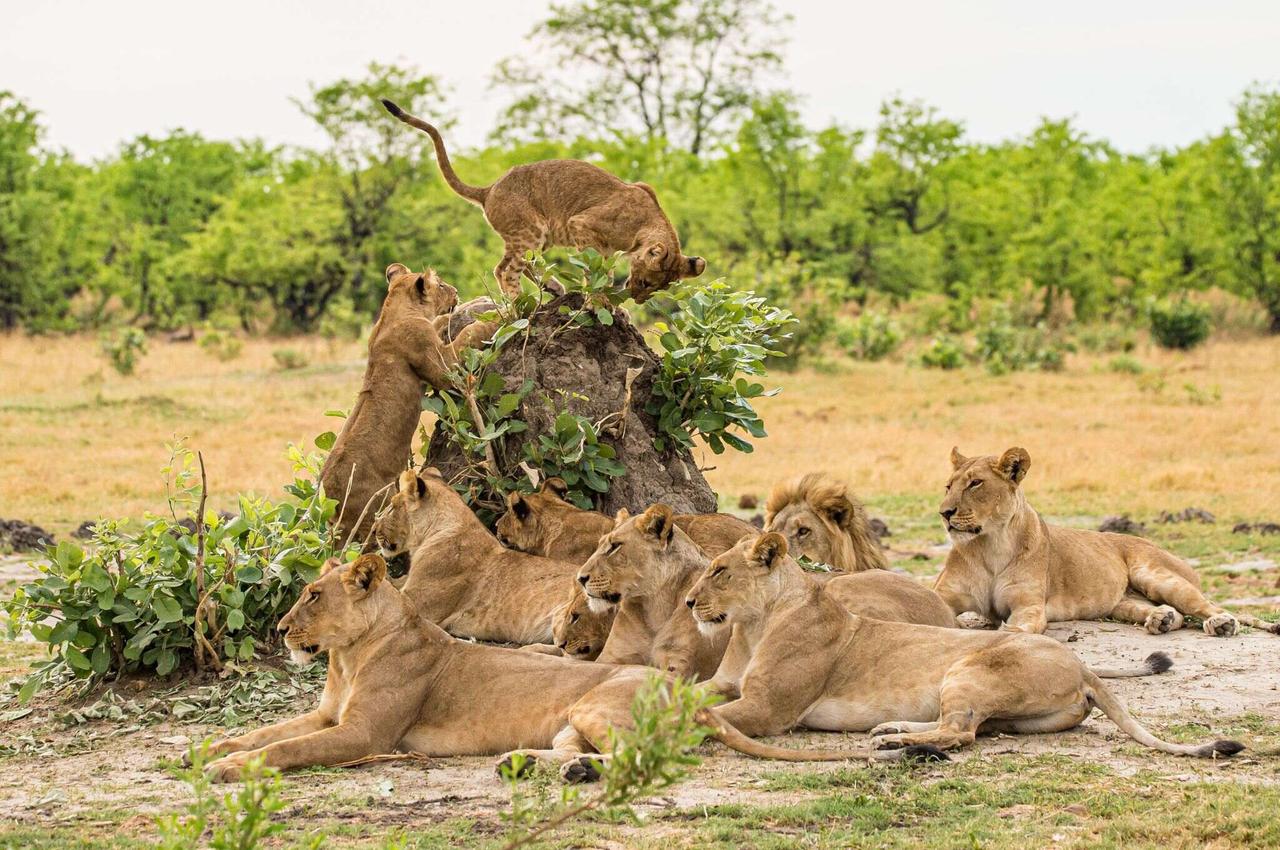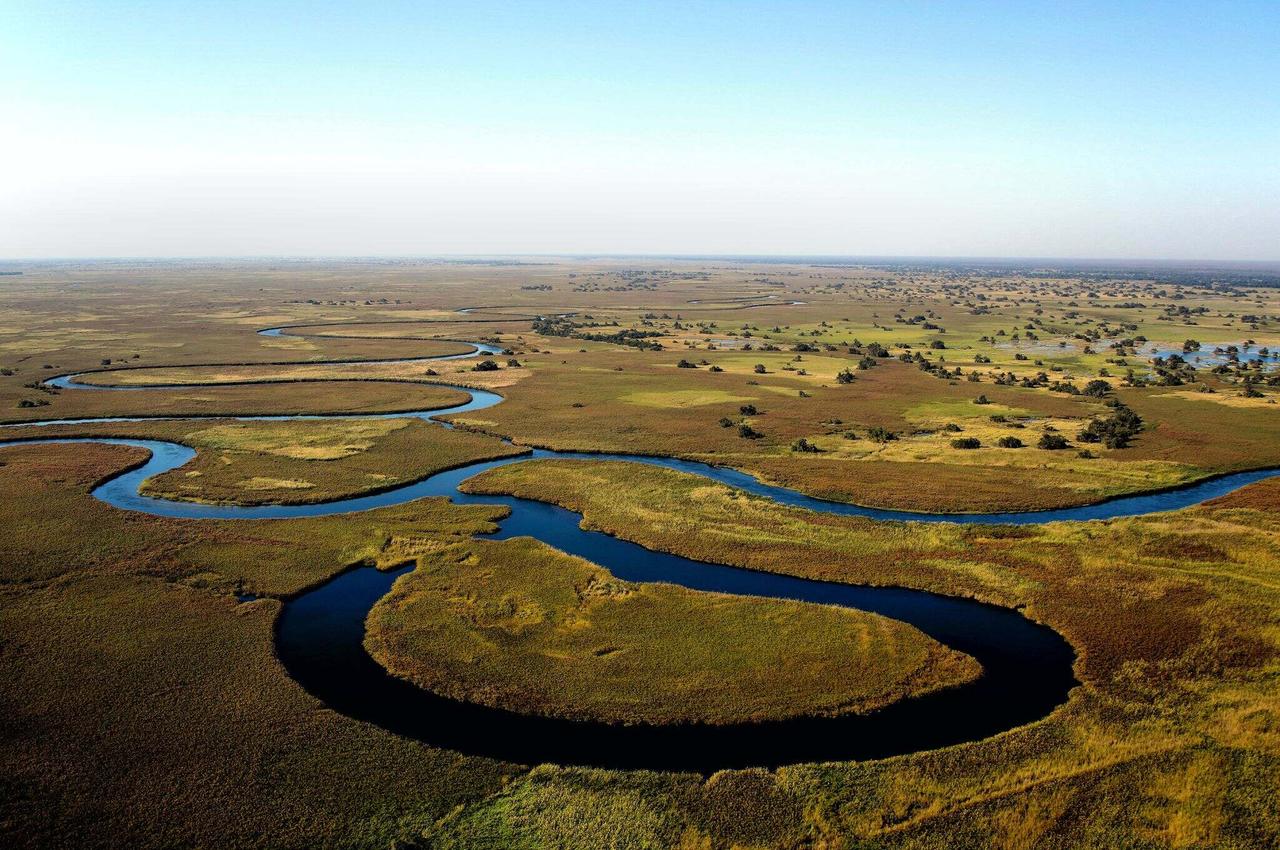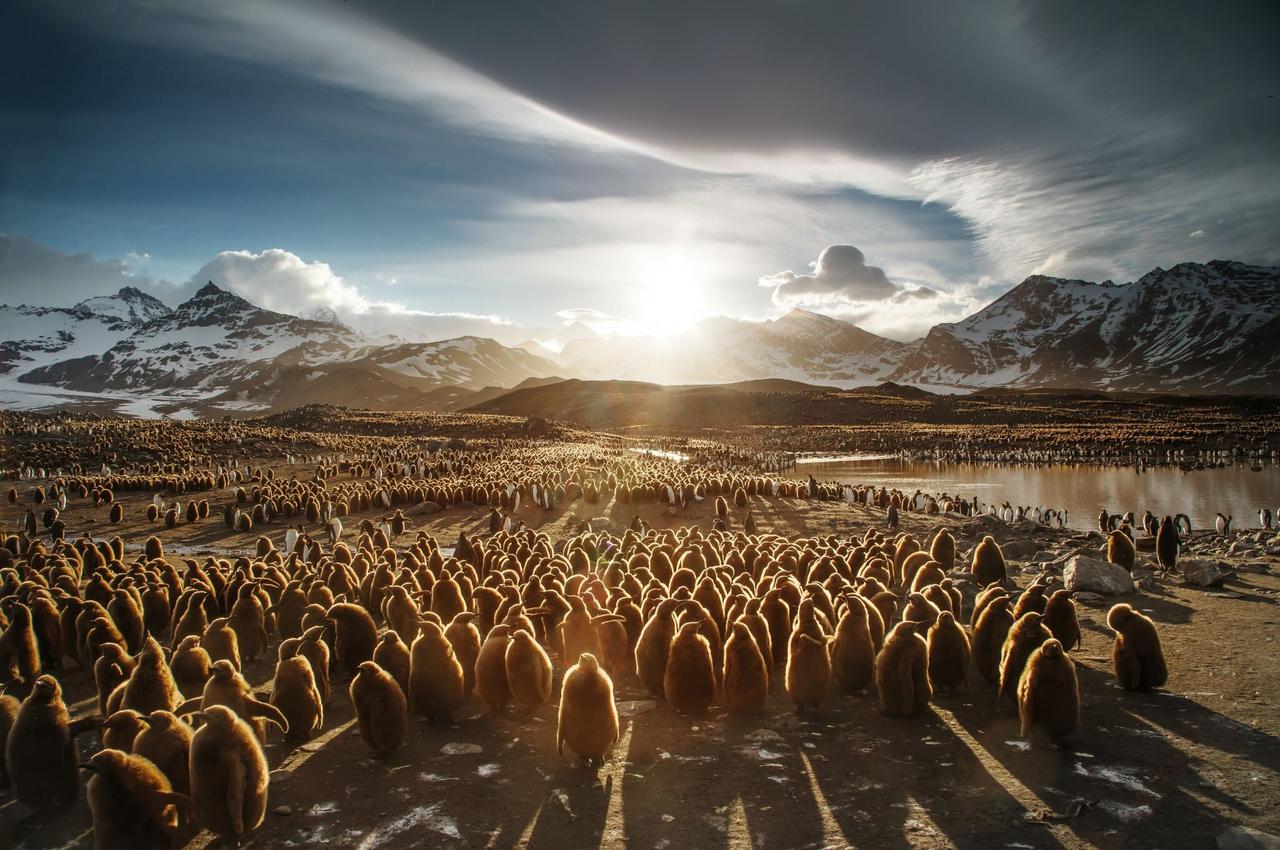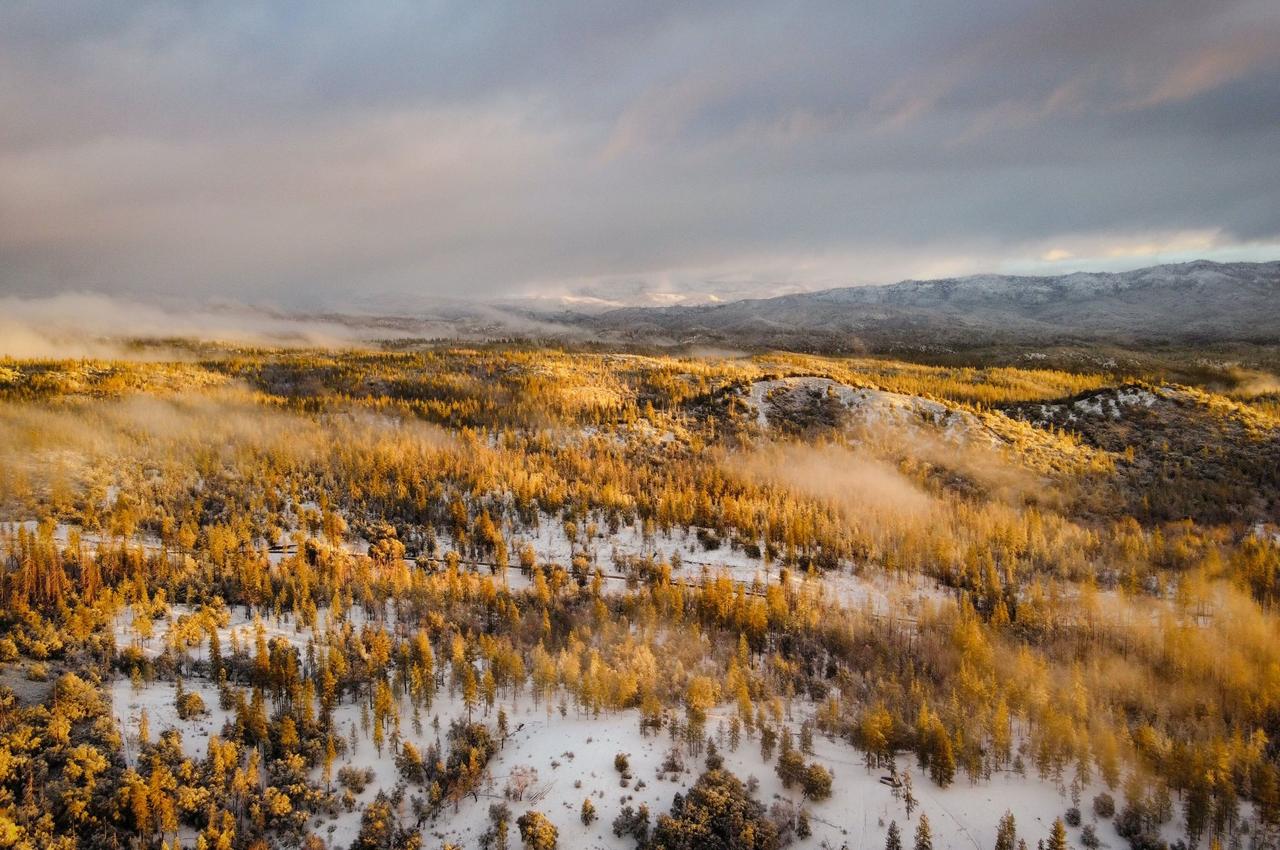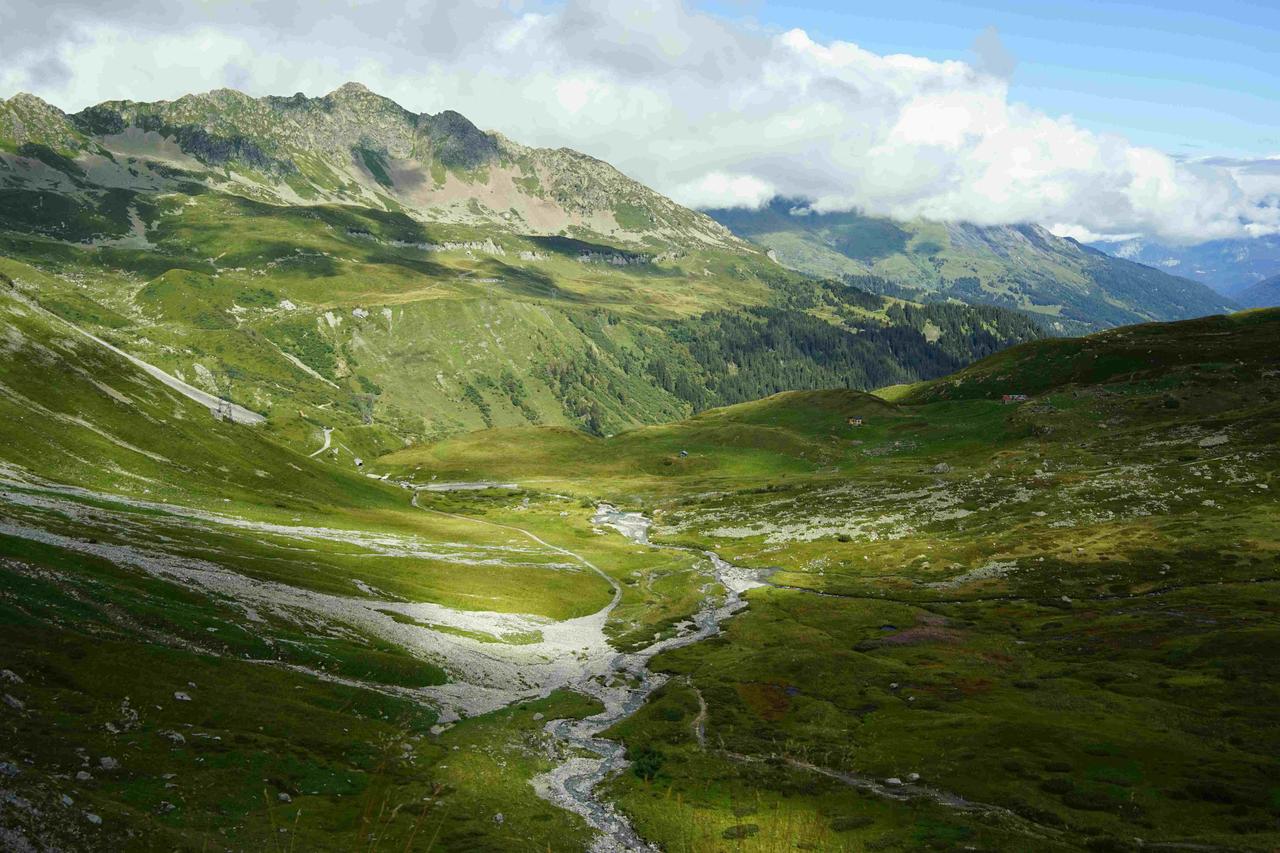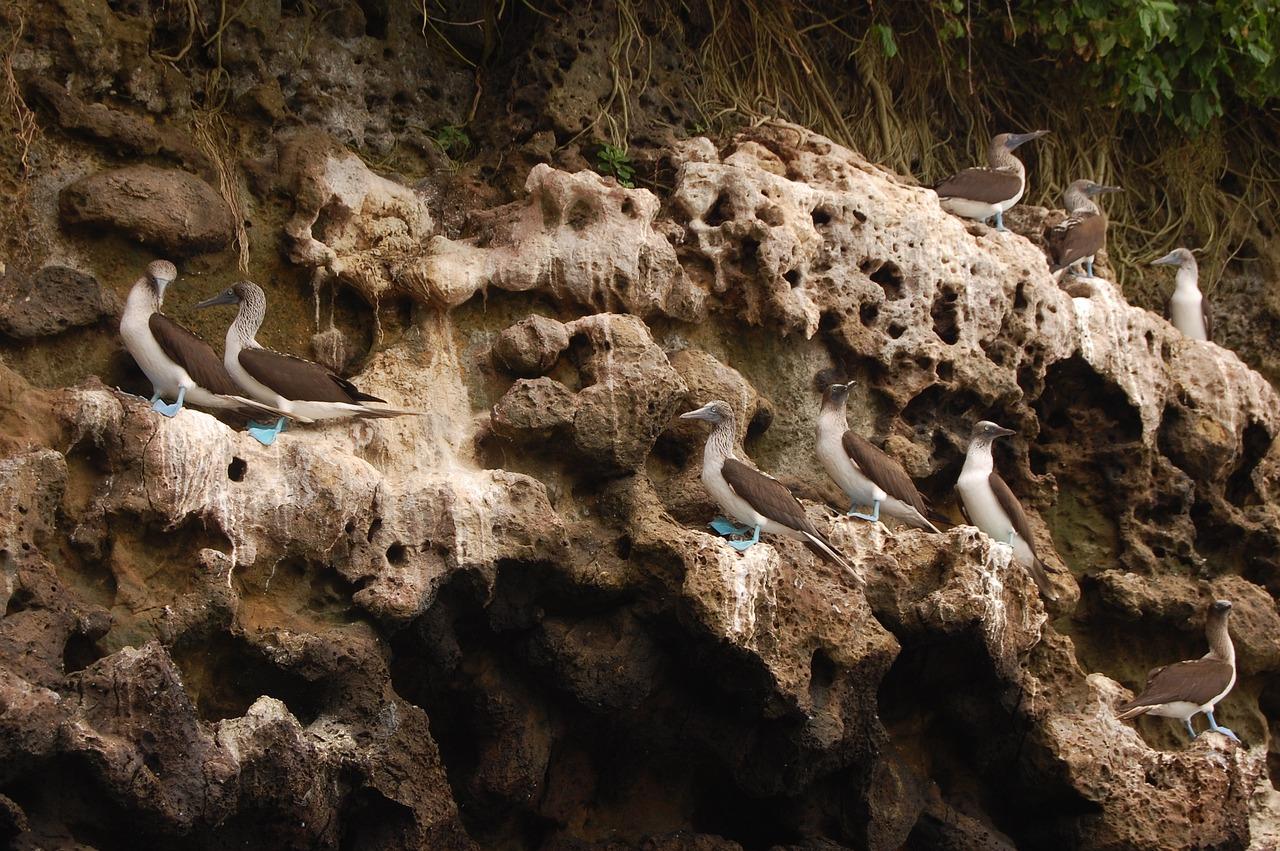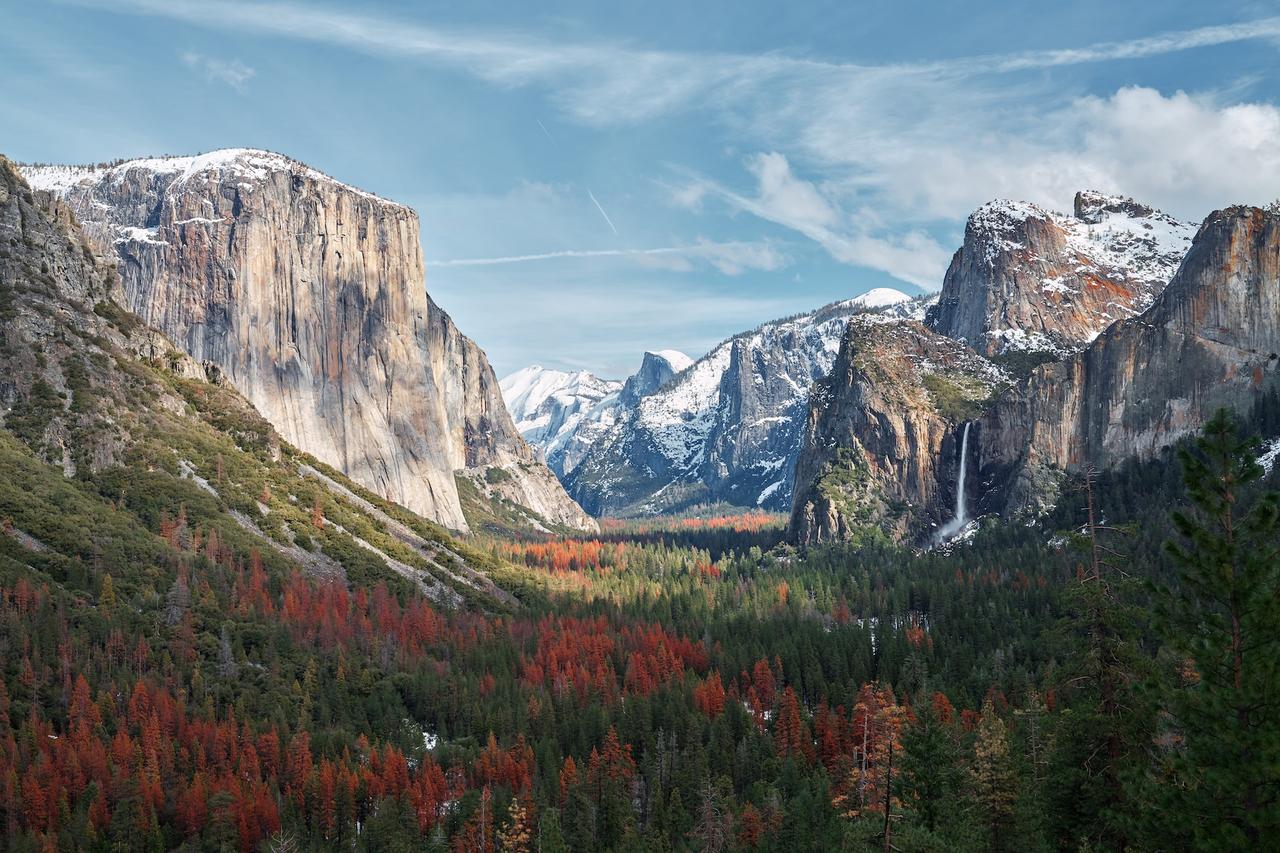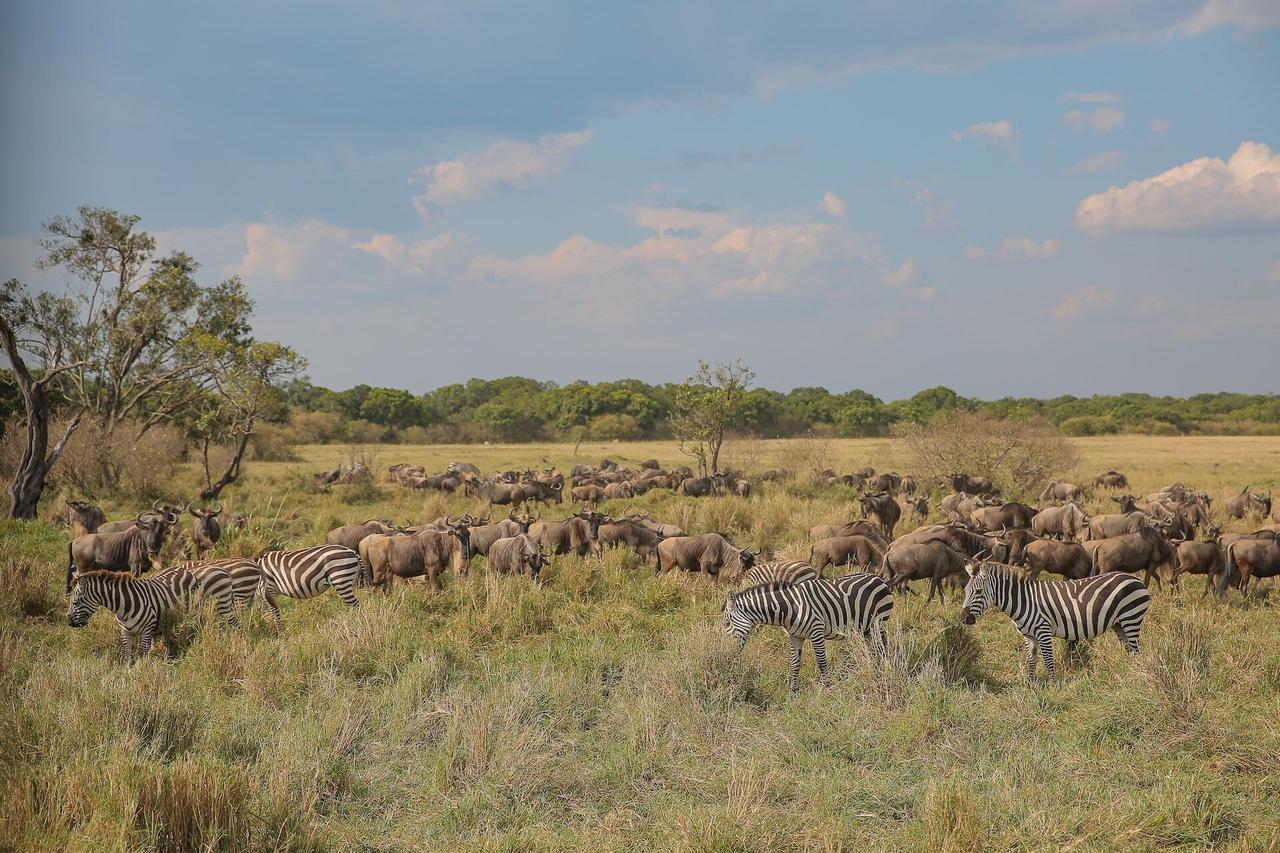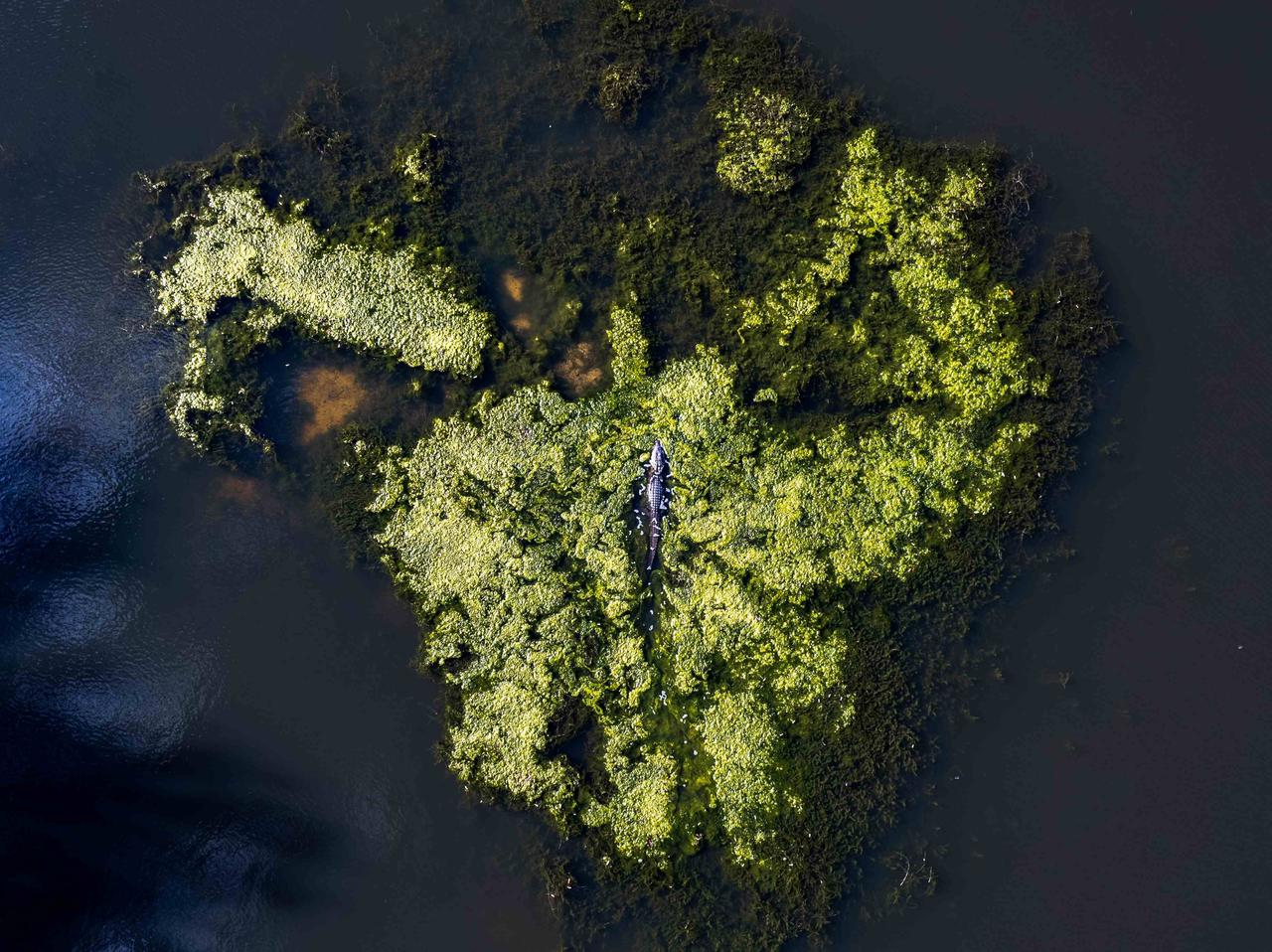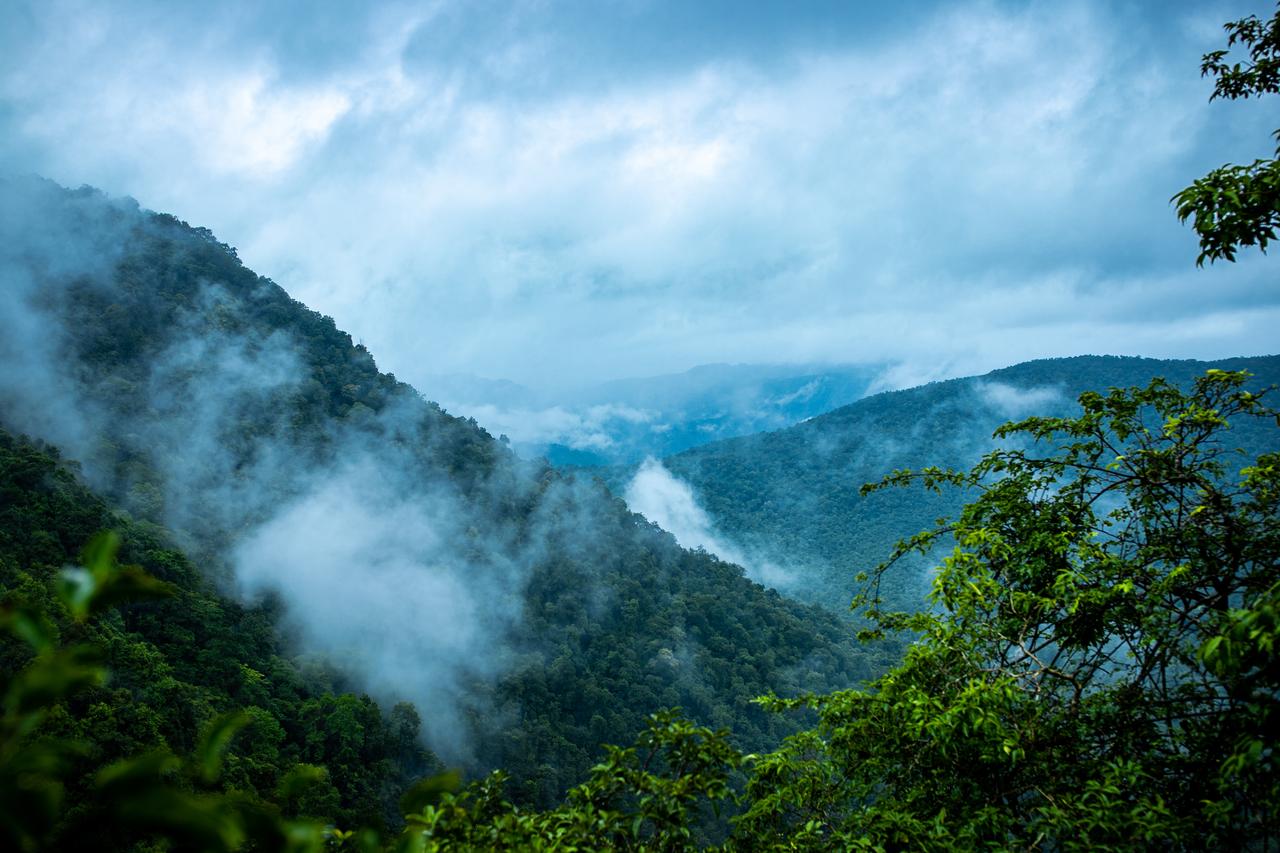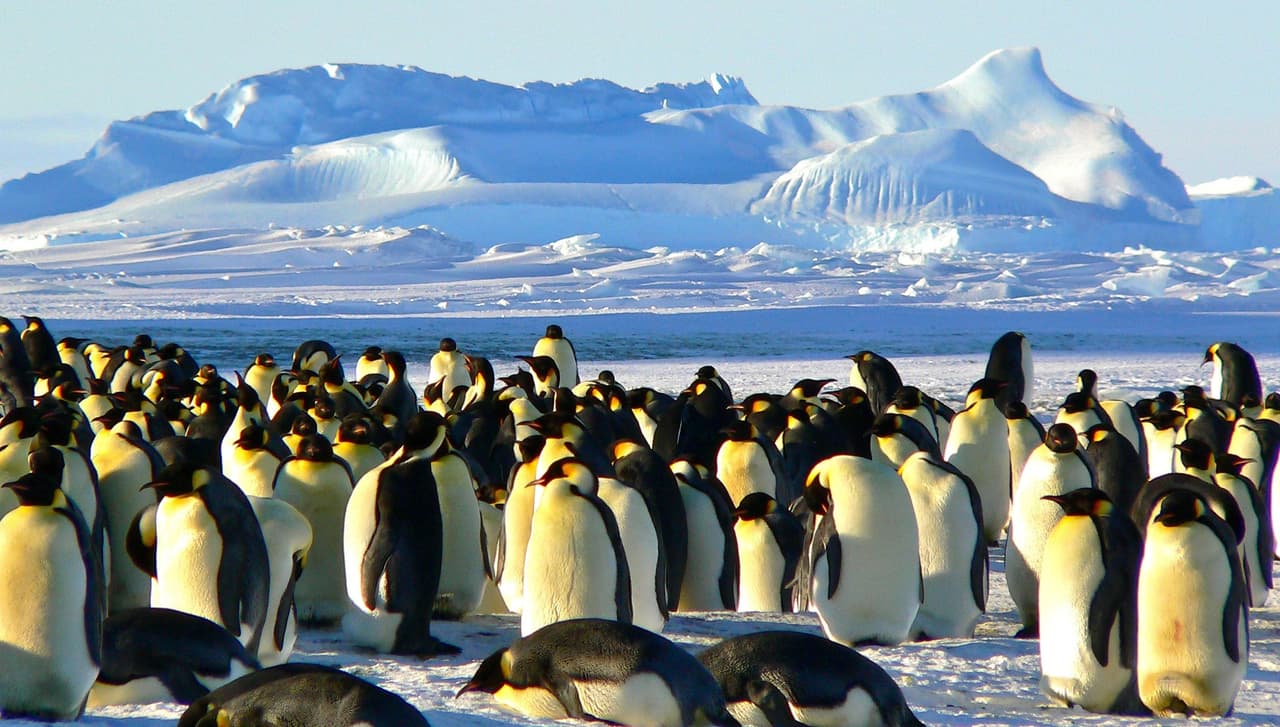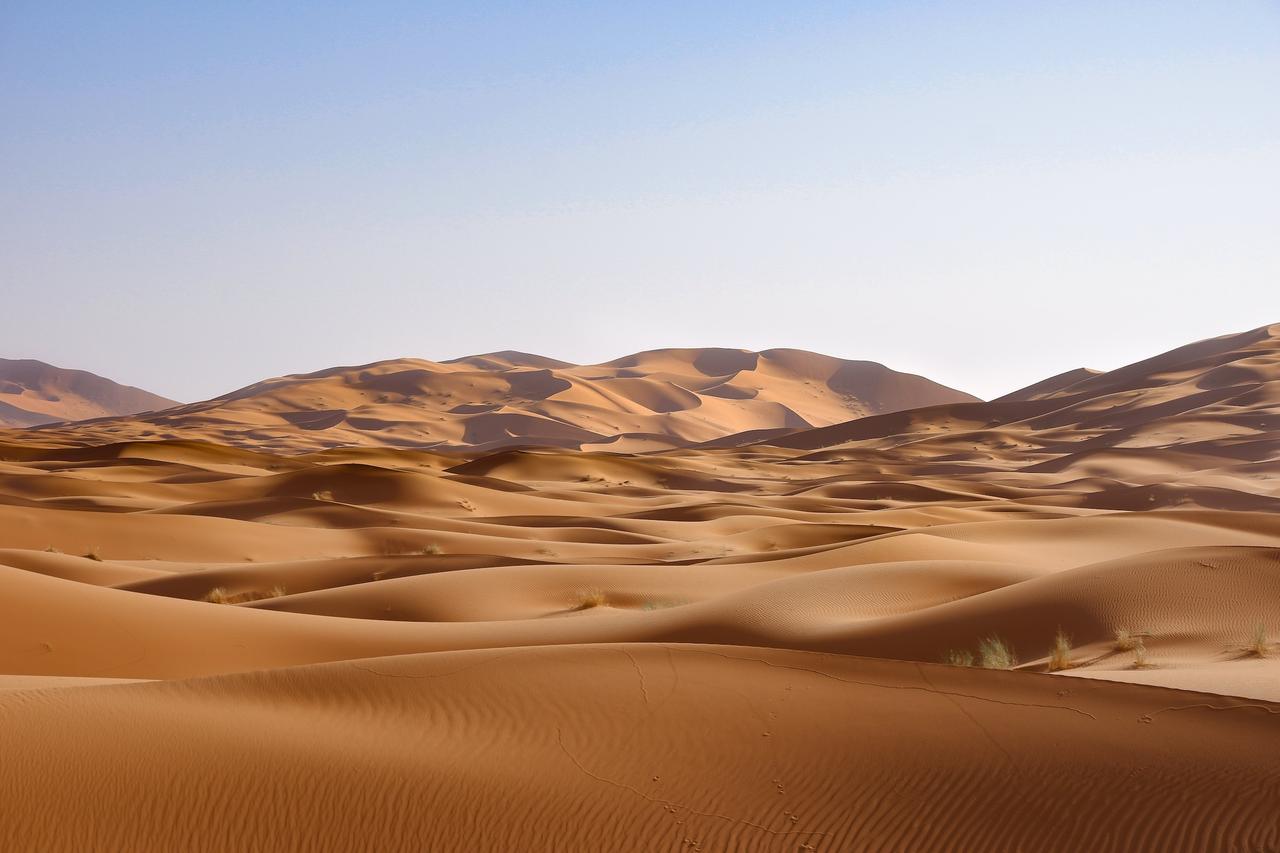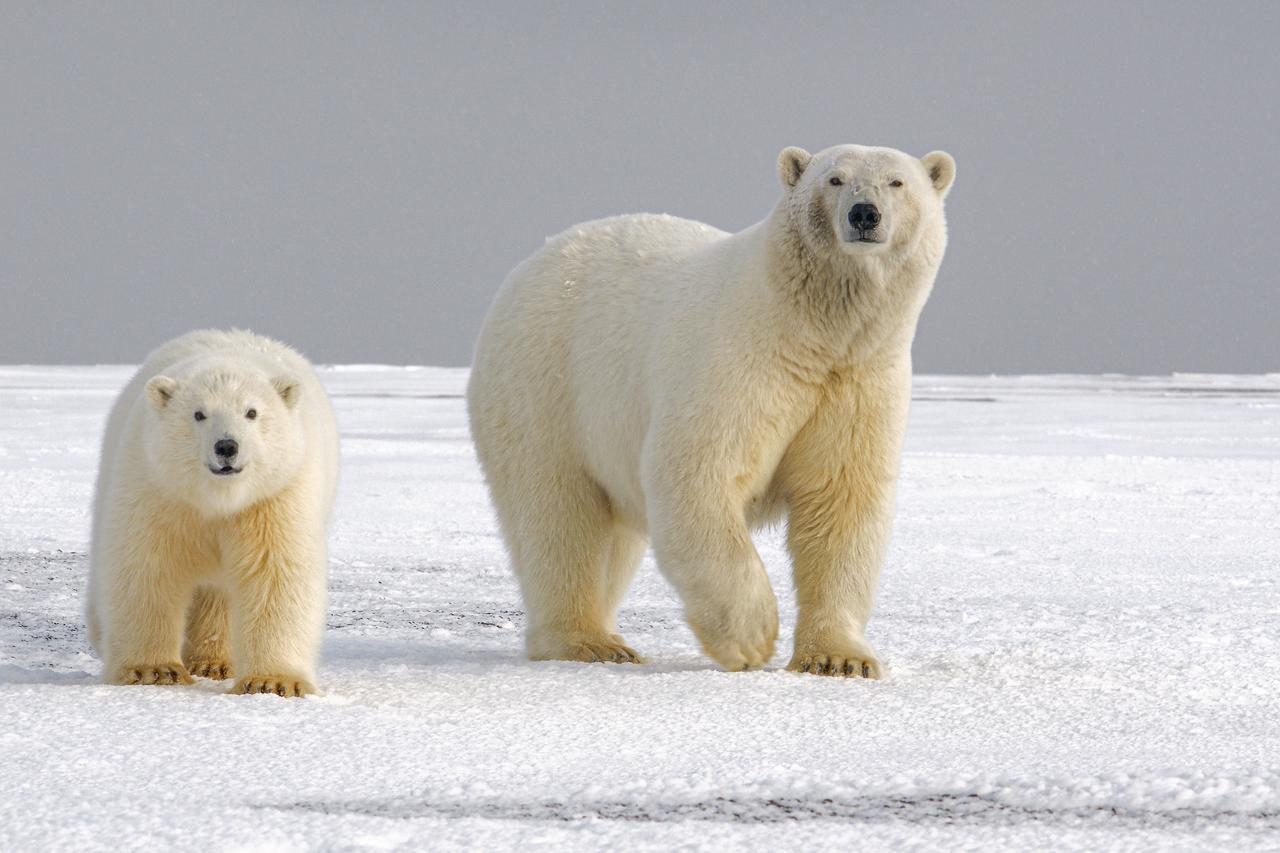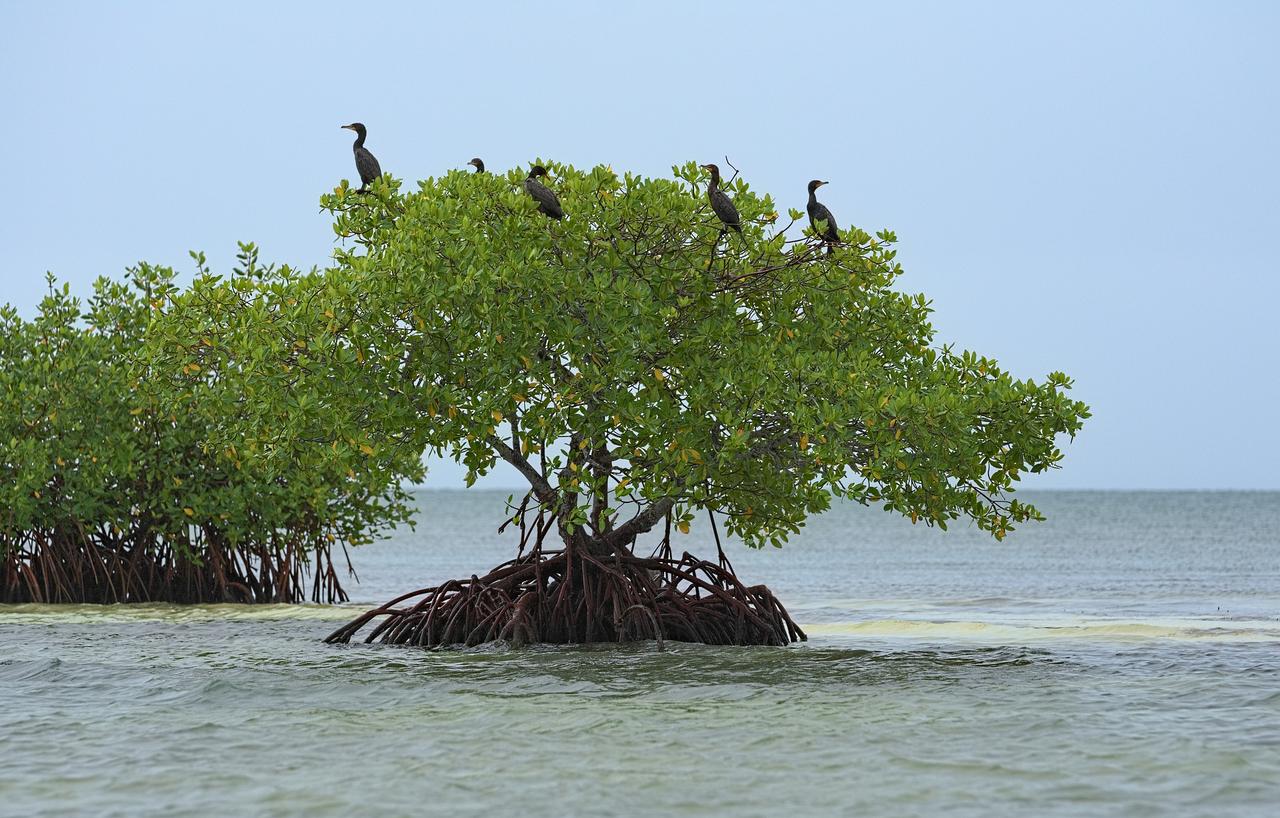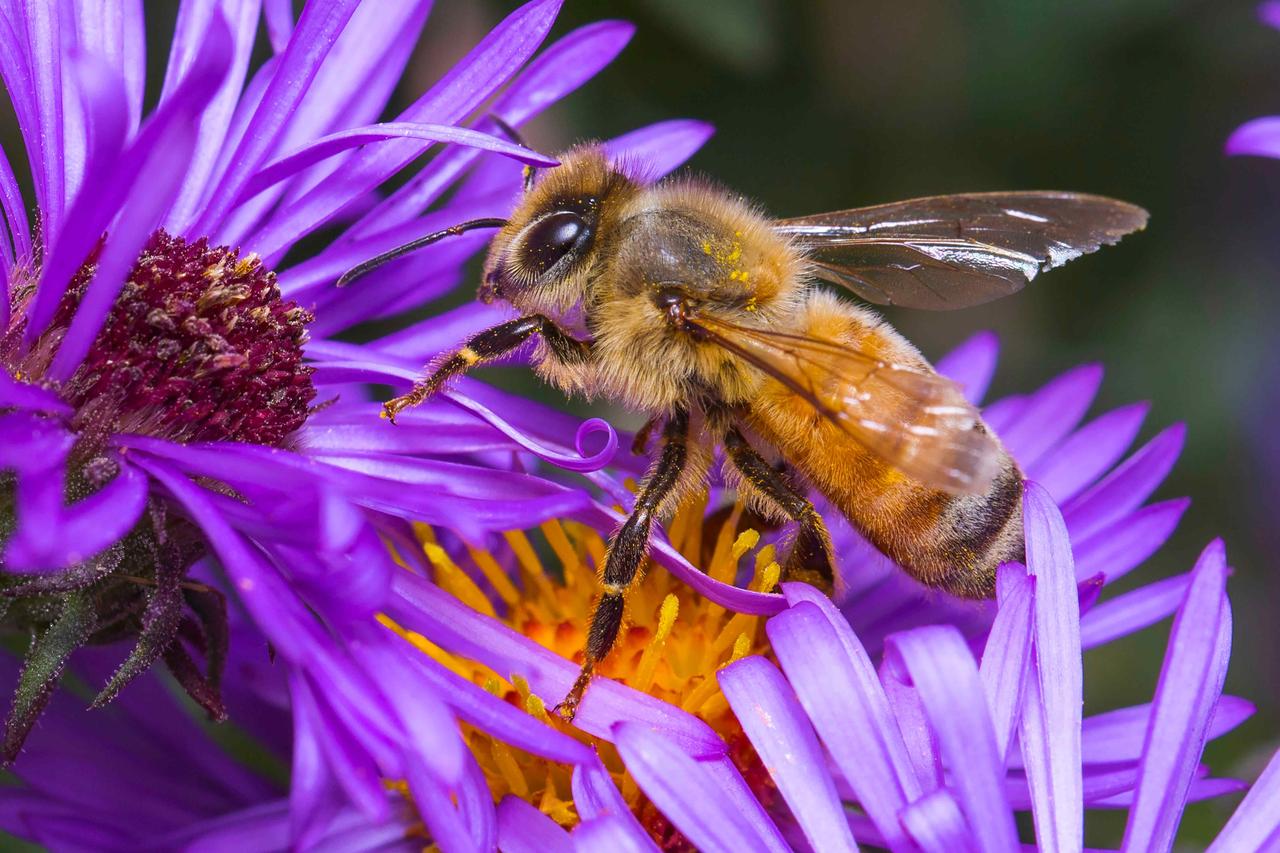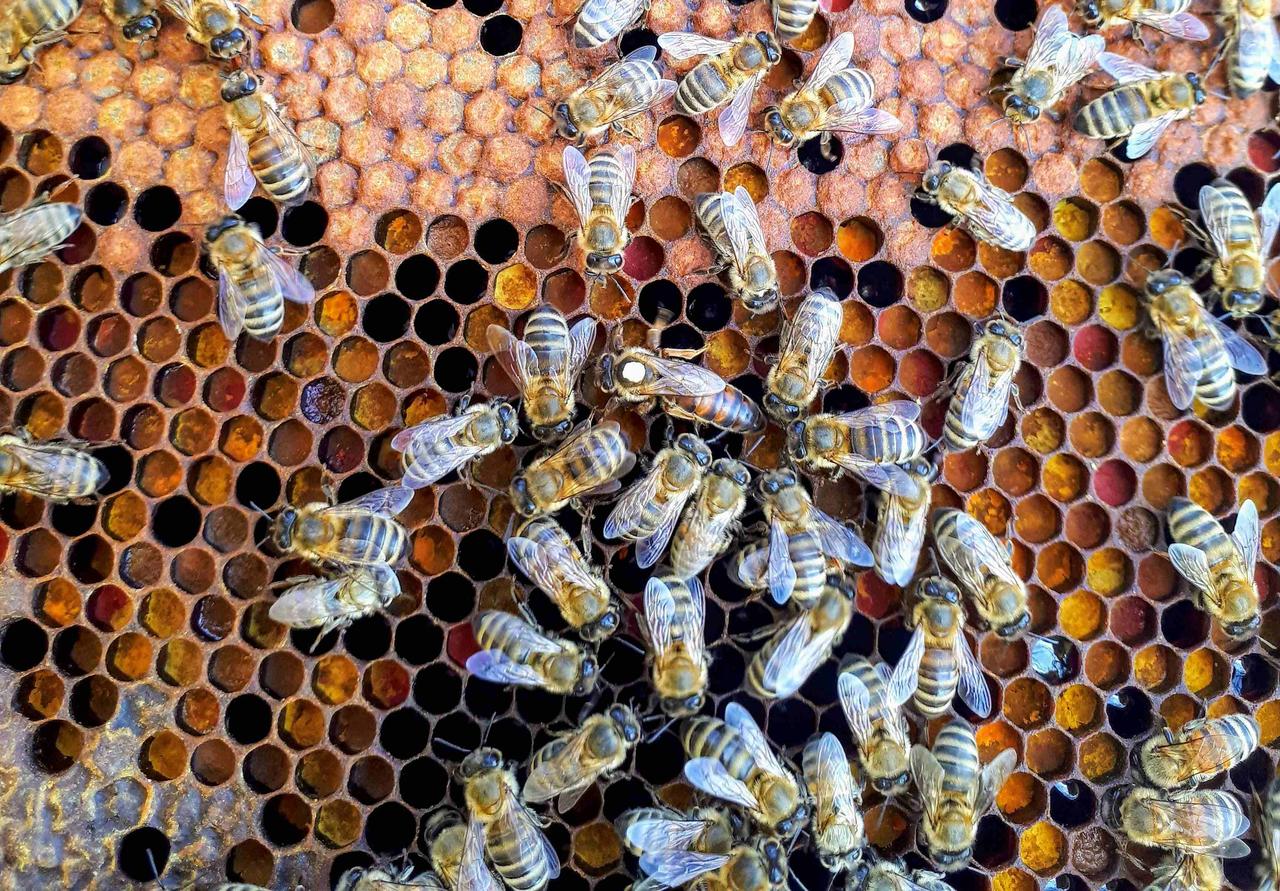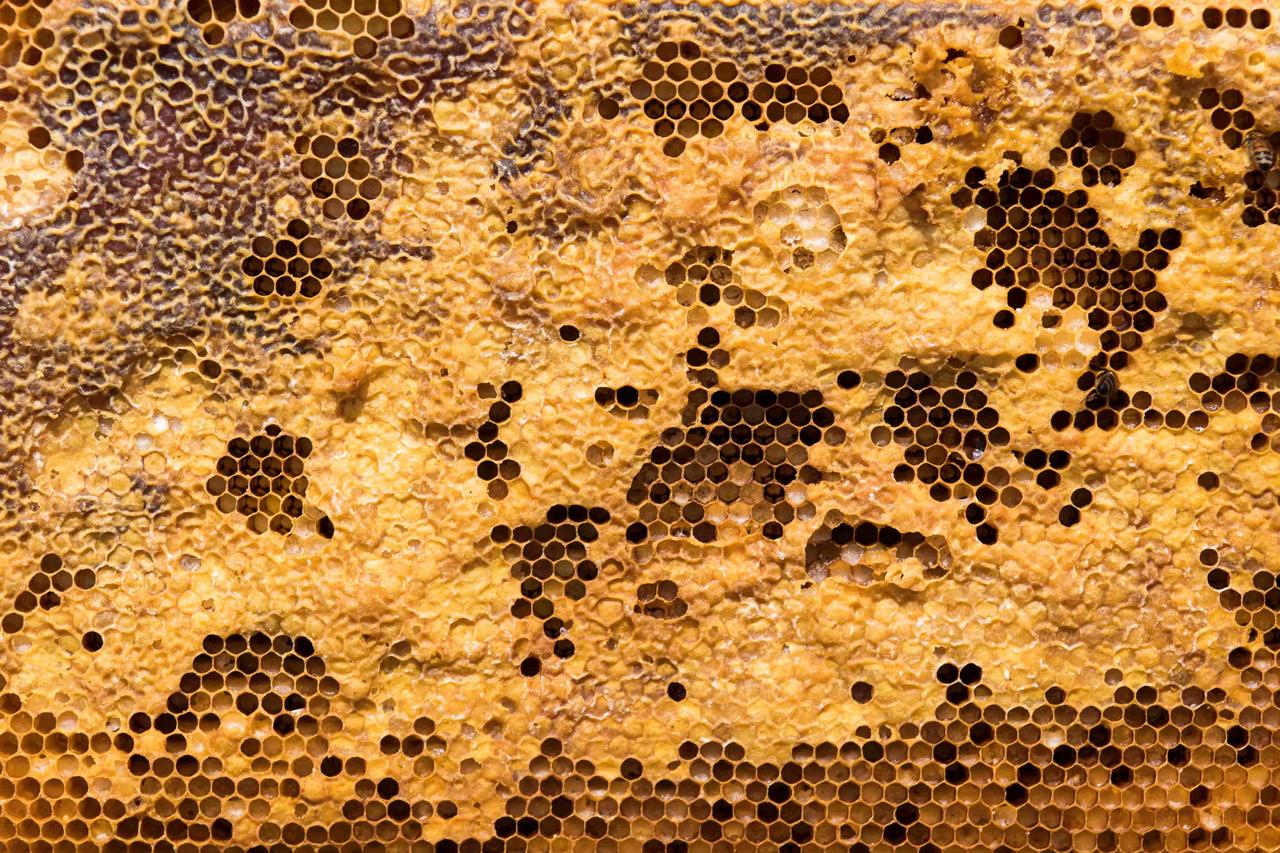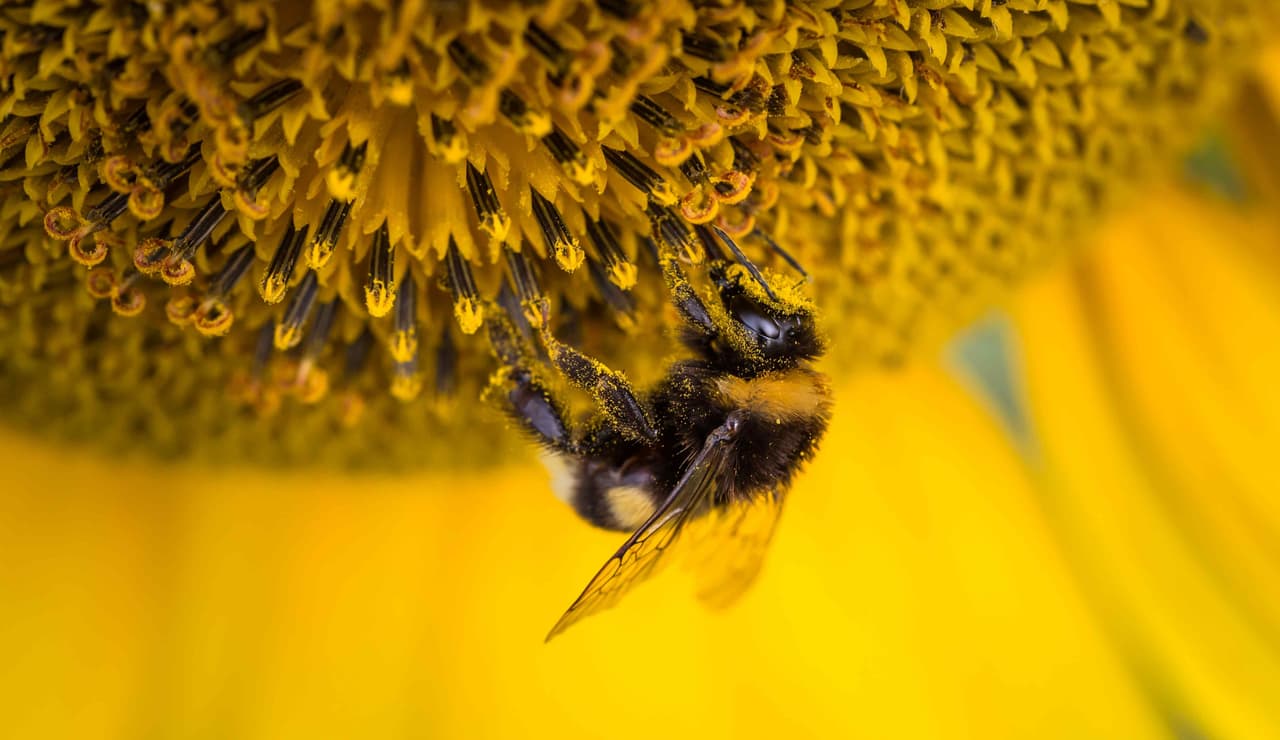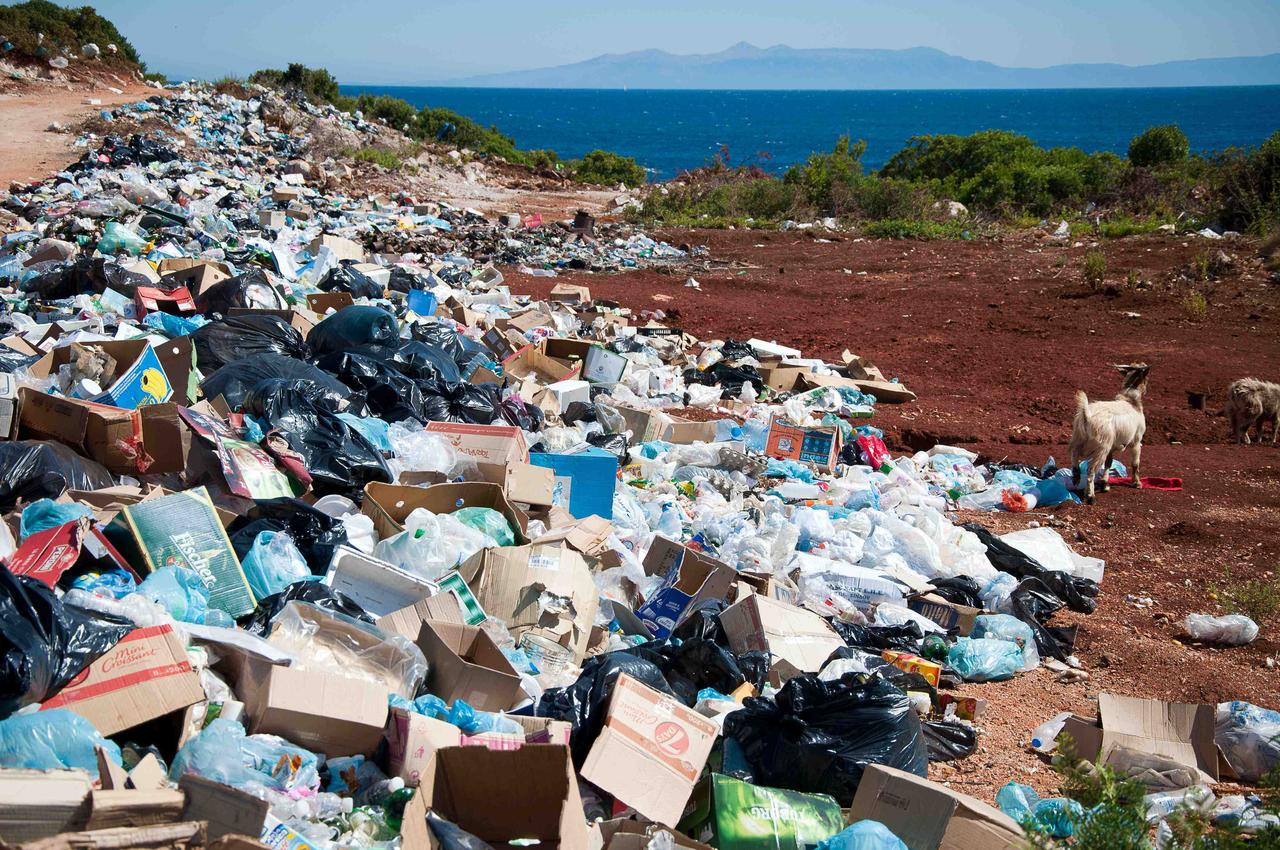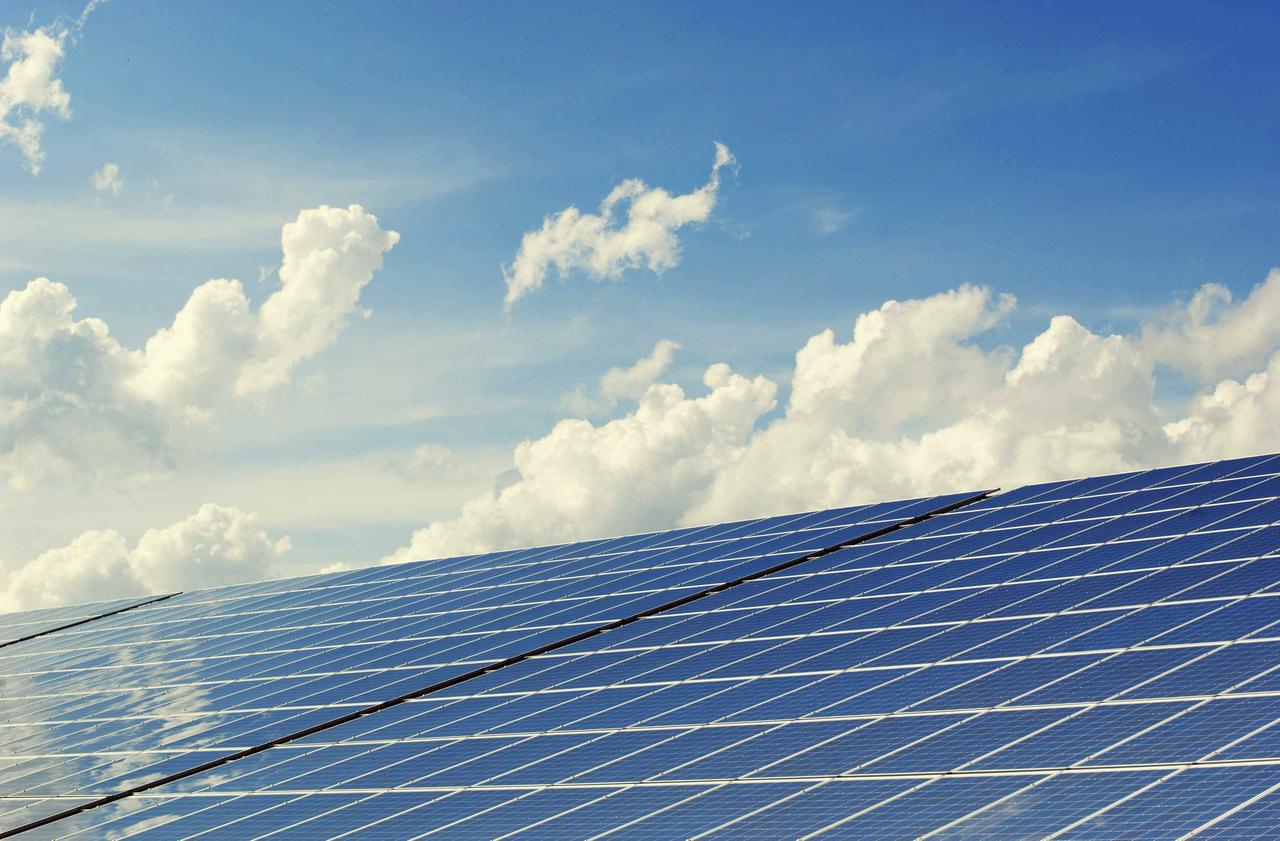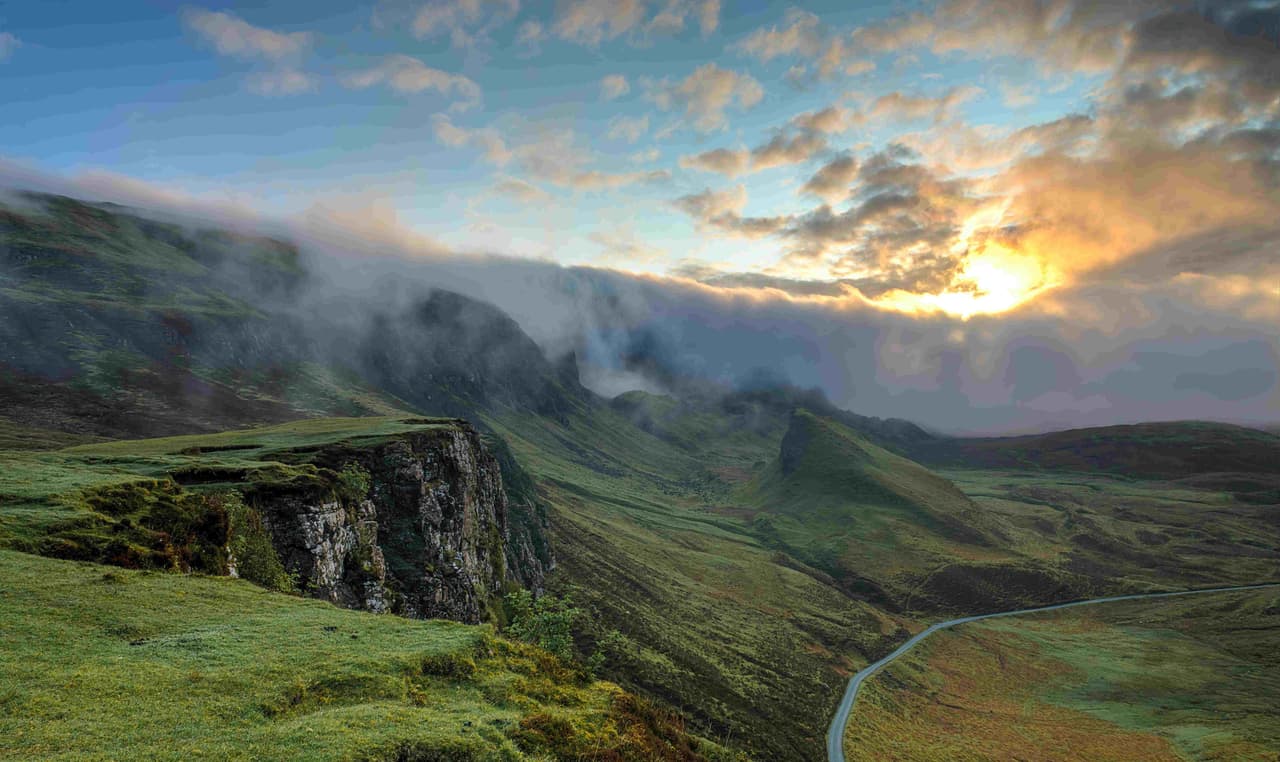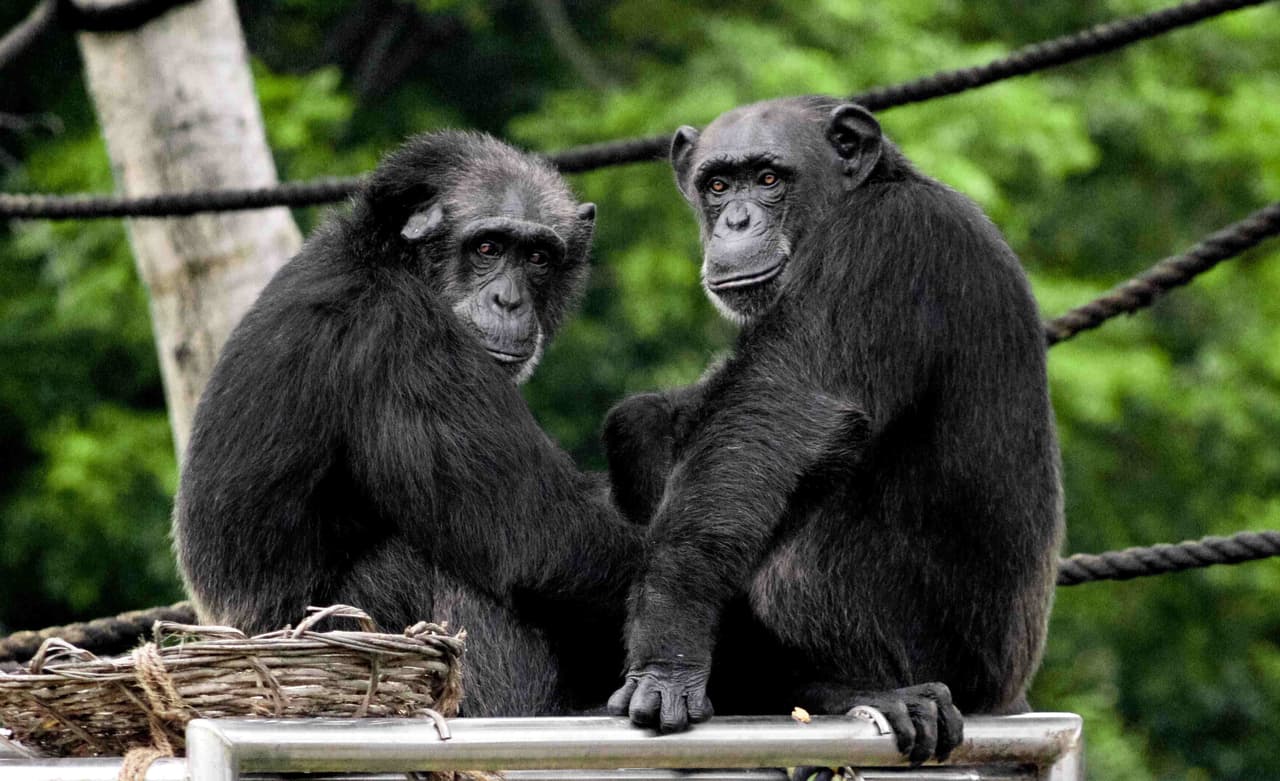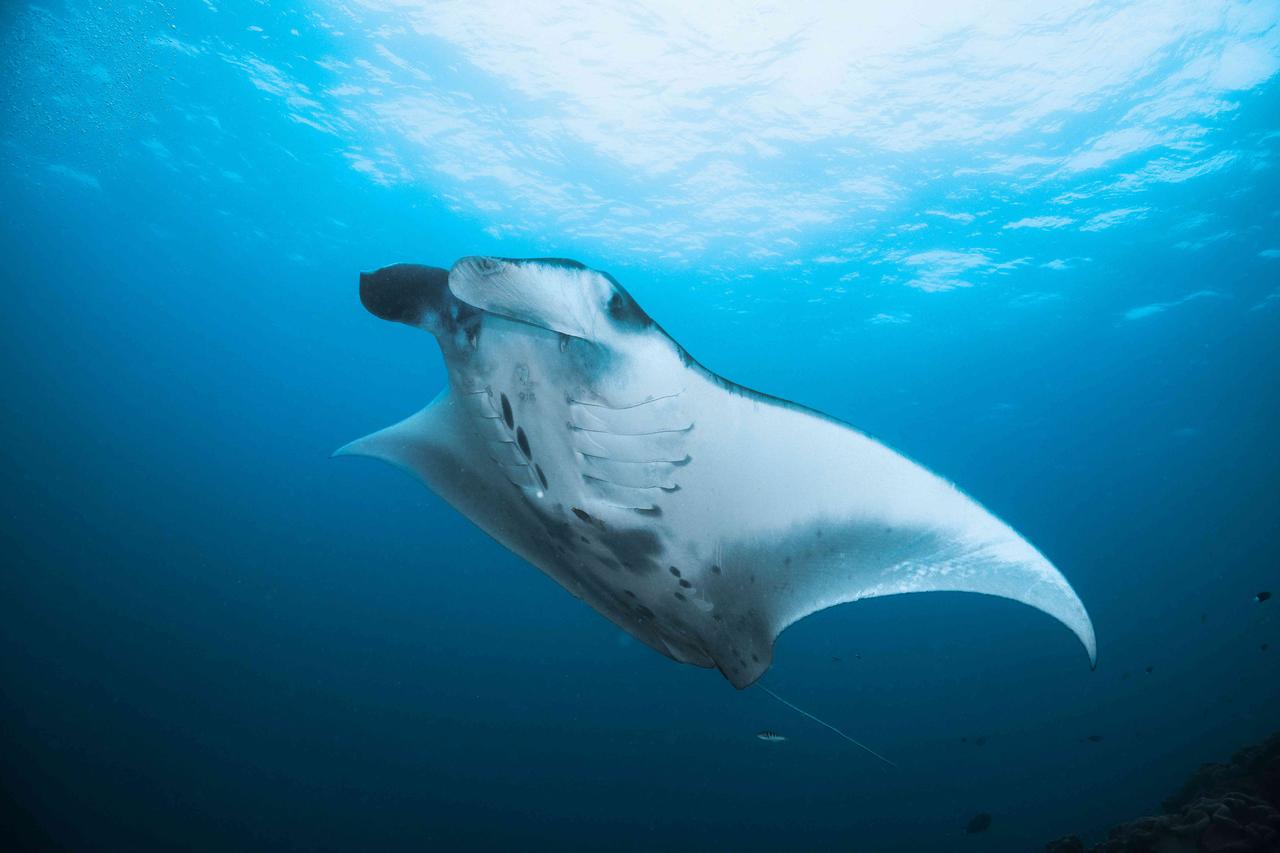
The wild is disappearing — but these conservation programs may hold the answer.
Untouched wilderness is hard to come by these days. In fact, less than 25% of our planet’s land and 13% of its oceans can be classified as wild. And more of it is rapidly disappearing, taking with it essential BIODIVERSITY. In the past 50 years, wildlife populations declined by 50%. Conservation efforts are more dire than ever to ensure we KEEP EARTH WILD.
Problems Facing the Wild
- Agriculture — Our food system is one of the leading drivers of biodiversity loss — degrading critical land and clearing forests. For 86% of species facing extinction, agriculture is their biggest threat. By 2050, 90% of animals may lose their habitat because of how we produce and cultivate our food.
- Poaching, tourism, trafficking — Poaching is a $23 billion industry. 1,000 rhinos, 20,000 elephants, and 100 million sharks, are just a few of the species poached annually. Wildlife tourism is five times more lucrative than poaching, contributing to 40% of total tourism. Half a million animals have been taken from their natural environments and forced into wildlife tourism. Around 350 million plants and animals are sold on the black market each year.
- Pollution — An equivalent of five garbage bags full of trash covering every inch of coastline in the world is how much plastic waste enters the ocean each year. Because of that, 100 million marine animals die from plastic waste and 100,000 marine animals die from entanglement every year. But other forms of pollution have dangerous effects too: underwater noise, pesticides, mercury, lead and air pollution.
- Climate Change — In the next 50 years, nearly 1 in 3 plant and animal species may be lost to climate change.
Protecting the Wild
While these figures are alarming, the wild world is not marred by doom. There is hope — and these efforts are creating it:
- Rewilding — This is a form of restoration through reduced human influence. What makes this different from other restorative processes is that it replaces human interventions for natural ones. This movement has gained support in Europe.
- Protected area creation and management — It has been proven biodiversity is higher inside protected areas. According to the World Database on Protected Areas (WDPA), there are over 285,000 protected areas around the world. However, 33.8% of terrestrial and inland water Key Biodiversity Areas (KBAs) still lack protection, as well as 33.9% of marine and coastal KBAs.
- Breeding programs — Sometimes, species populations drop so low that the death rate outpaces the birth rate. Breeding conservation programs are often the only chance for a species survival. This method has proven successful for some species, like the California condor, golden lion tamarin, and the Arabian oryx. It is currently being used for the last northern white rhinos.
- Reintroductions — Reintroducing a lost species to their natural habitat can help maintain the health of an ecosystem. This can be done through translocation of existing wild populations or reintroducing captive bred animals and plants. A recent effort was beavers returning to London after 400 years.
Help nature do its thing. Donate to help KEEP EARTH WILD. Sometimes, it’s good to go wild.












